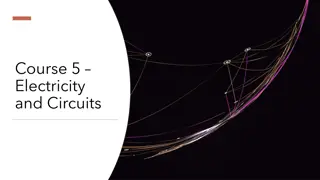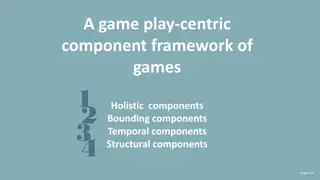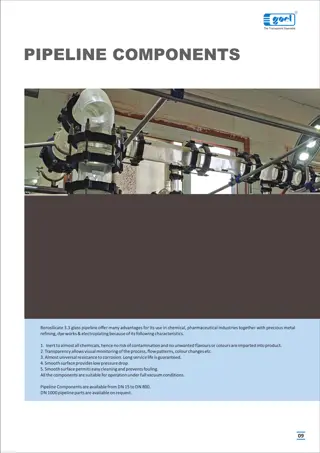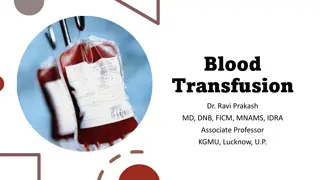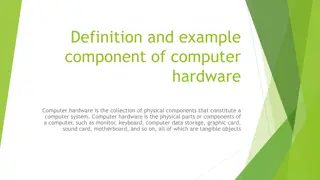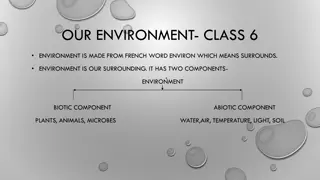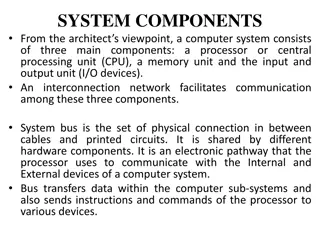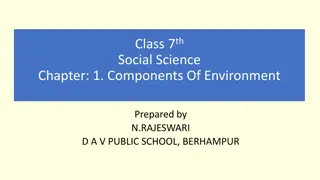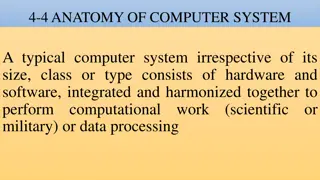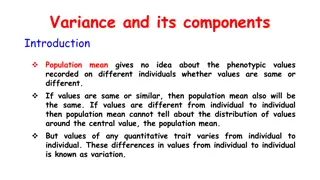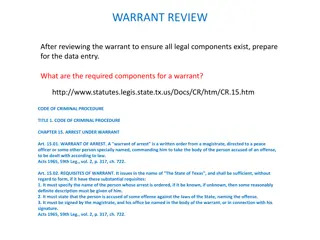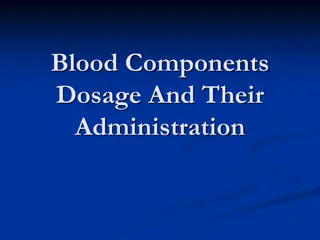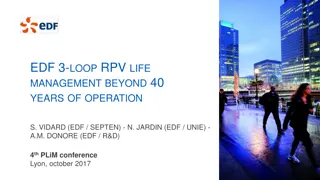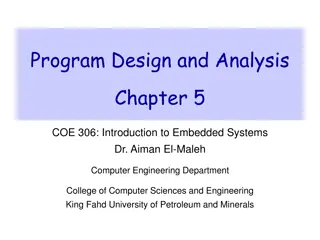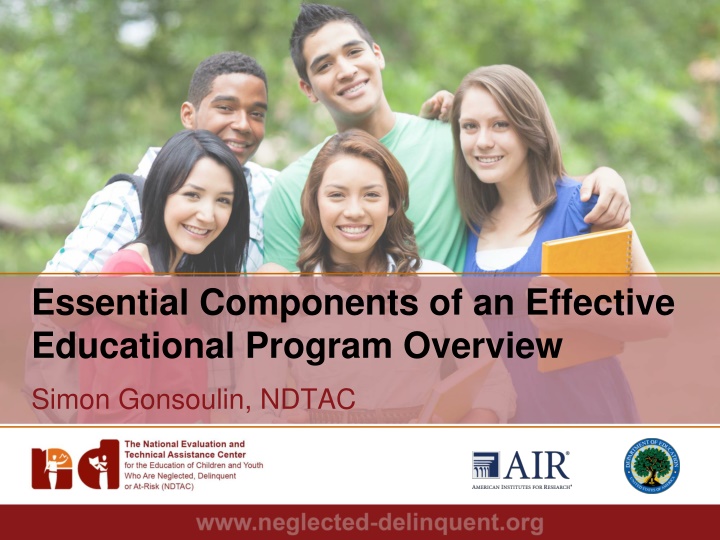
Effective Educational Program Components Overview
Explore the key components of an effective educational program including rigorous curricula, quality teachers, personalized learning environments, adequate funding, and quality assurance processes. Enhance student outcomes by implementing these essential elements.
Download Presentation

Please find below an Image/Link to download the presentation.
The content on the website is provided AS IS for your information and personal use only. It may not be sold, licensed, or shared on other websites without obtaining consent from the author. If you encounter any issues during the download, it is possible that the publisher has removed the file from their server.
You are allowed to download the files provided on this website for personal or commercial use, subject to the condition that they are used lawfully. All files are the property of their respective owners.
The content on the website is provided AS IS for your information and personal use only. It may not be sold, licensed, or shared on other websites without obtaining consent from the author.
E N D
Presentation Transcript
Essential Components of an Effective Educational Program Overview Simon Gonsoulin, NDTAC 1
Overview Essential Components Rigorous and Relevant Curricula Administrator and Teacher Quality Methods, Tools, Materials Practices Aligned with Standards Personalize Learning Environment Adequate Allocation of Funds, Inclusive of IDEA and 504 Quality Assurance Processes Navigable Transitions Social and Behavioral Needs of Students Safe and Healthy Facility-wide Climate 2
Rigorous and Relevant Curricula Adopt and implement rigorous and relevant curricula to guide instruction and promote accreditation and approval of the juvenile justice school as an education entity by the SEA. Curriculum should be comparable to nonsystem- involved youth. Incorporate technology into the instructional effort and curriculum. 3
Administrator and Teacher Quality Employ qualified staff who can positively affect academic, career, behavioral, emotional, and social outcomes for students. Develop and implement a professional development program that supports the mission of the agency and goals of the educational program. Promote and nurture staff who are committed to engaging and connecting with youth from the recruitment and interview process through day-to- day interaction. 4
Personalized Learning Environment Employ instructional methods that engage students and are aligned with 21st-century standards. Provide instruction that is age appropriate and inclusive of prevocational and market-driven career or technical education. Provide specialized programming that addresses achievement gaps and credit- recovery programming. Participate in state accountability system 5
Adequate Allocation of Funds Allocate adequate funding to support comparable educational opportunities for ALL youth, inclusive of youth with educational disabilities, when compared to their peers who are non-system involved. Fund postsecondary educational opportunities for youth who possess a high school diploma or GED. 6
Quality Assurance Establish a strong quality assurance process that measures critical elements of educational programming. Identify and measure a set of outcomes associated with the educational well-being of youth who are confined. Establish a quality assurance process that directs both current and future delivery of services. 7
Navigable Transitions Establish formal procedures and processes to ensure successful and readily navigable transitions across multiple systems. Ensure transitional efforts are supported by key personnel. Ensure an adequate transition coordinator/ advocate role is established to oversee these activities. 8
Student Support Services Provide student support services that address the non-cognitive behavioral and social needs that promote educational success. Focus on family engagement and culturally relevant professional development 9
Safe and Healthy Climate Fostering conditions for learning Prioritize education in programming Freedom from physical harm Avoid harsh and exclusionary discipline practices 10

